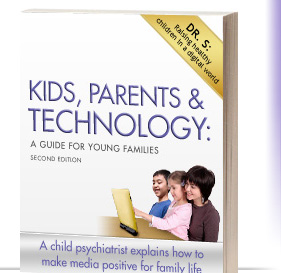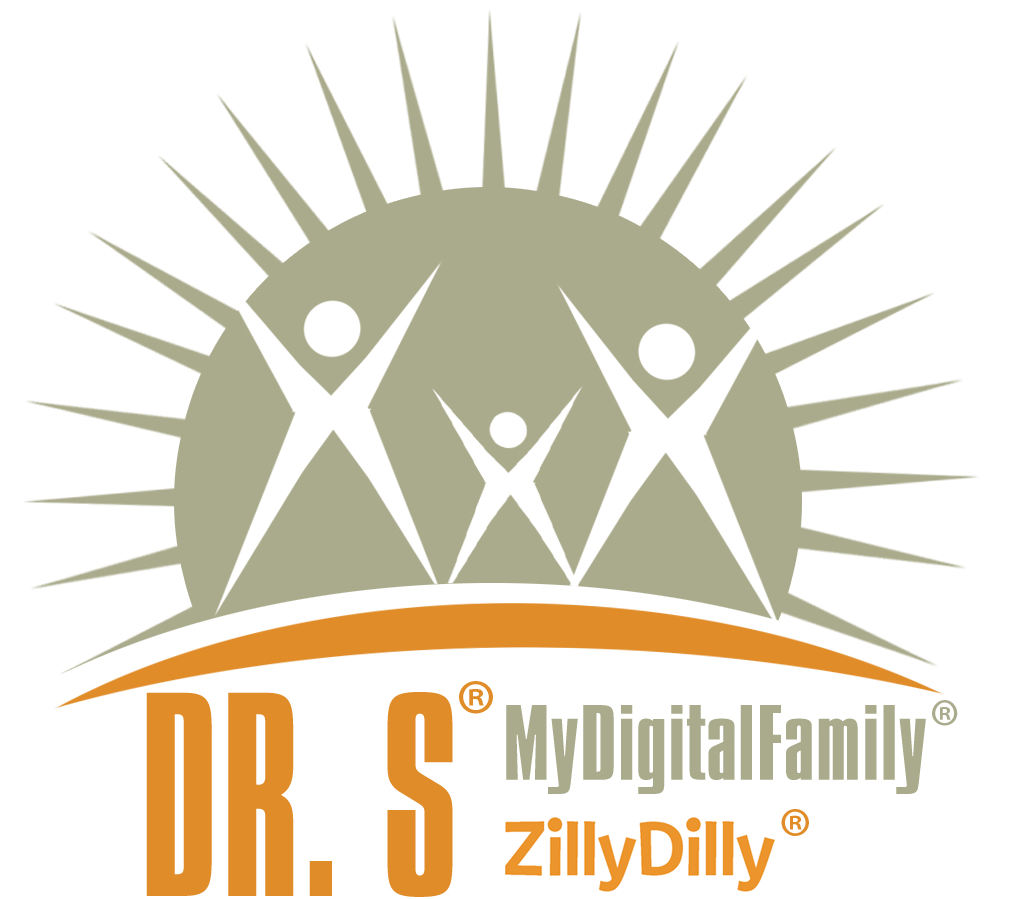Drama is Great Tool for Health Education about Technology but Formspring Shows Parental Measures Insufficient
David Schwimmer and Andy Bellin’s important play “Trust” just closed its three months’ debut run at Chicago’s Looking Glass Theater last week-end, and is fortunately slated to resurface as a movie later this year. The drama is a moving portrayal of the life-changing consequences of an Internet romance between an innocent teenage girl and an adult male predator.
The truth of this drama and how close it is to all our lives and a threat to our loved ones is powerful. The audience seems to hold its breath as it watches the emotional trap laid methodically and carefully by the rapist, who lurks safely in the anonymity of cyberspace as he craftily manipulates a young girl’s budding sexuality. The play exposes the deep and complex emotional traumas that spread like a concussion wave the naïve teenager’s pain to her family members, friends, and caring criminal investigators, and portrays their difficult journeys towards coping and healing.
While the topics of cruel and criminal manipulation and rape of youngsters are timeless and compelling, what makes Trust especially relevant today is the role of technology. The audience sees the teen’s text-messages to her imagined lover as she sends and receives them. It is online and cell phone messaging and texting that enable the narrative’s tragedy – the evolving furtive relationship between the naïve child and her predator.
“Trust”s aim appears to be to bring this painful and real story to life to “start a dialogue.” Its intent is not to preach or provide solutions. But the well-delivered message is clear: Kids + technology = potential danger. I believe that this drama can be quite useful as a health-education tool that alerts media-soaked youngsters and their parents groping at the same time with powerful technologies, hormonal changes, and still-evolving but immature minds. But it does not go far enough.
There are critical technology-related issues, central to the play and to our children’s lives, that go beyond the scope of “Trust” and must be considered if we are to save whole generations of children. These additional threats are not as obvious or sensational as those in the play, but their insidious danger to child development and family life can be more widespread.
The realities: Media are here to stay and will continue to evolve and bring new challenges. We have wonderful engineers and innovators, but they do not have the best interests of our children and families in mind. The basic needs of families have not changed significantly over the centuries, and the basics of child-rearing will not change much in the future, no matter what technology comes our way.
Much of technology can be wonderful and helpful, but if it is not planned, organized, and delivered correctly, it can be harmful. Commonly, however, parents complain that they have too few effective tools and strategies to manage childrens’ media lives, and too many parents are essentially abandoning their digital children to media that have become the central component of their environment.
The threats: Recent studies by the Pew and Kaiser Family Foundation and other research show that technology increasingly dominates kids’ time and attention to the detriment of family life and balanced development, while providing few clear benefits. Under-supervised children continue to stuff themselves with junk media as they do junk food. Limit setting and piecemeal ‘expert’ advice are only partially effective. Parents’ current practices — just put those wonderful magical technology devices into their kids’ hands, make a few rules, and walk away — are desperately insufficient. Teenagers keep finding new ways to assert their needs for autonomy, and they are not pretty (see Tamar Lewin’s “Teenage Insults, Scrawled on Web, Not on Walls”, New York Times 5/5/10.)
The call to action: After over a decade of this laissez-faire approach and growing chaos, the time has come for parents to take a broad, systematic and serious look at the role of technology. Right now, parents are adapting family life to technology. The reverse has to happen, or we are in for a disaster as parents are excluded from larger and larger parts of kids’ lives..
Time is running out.
The solution: It is time to return to child-rearing basics and think of what kids and families need. Parents must change their own mindsets and behaviors and commit to an ongoing serious effort to take charge of the technologies in their homes.
Parents must now start early to actively fit balanced technology use into family life as they do healthy nutrition. Starting in early childhood, parents must begin to make media consumption part of normal family life and to raise kids who use media in balanced and healthy ways. It is time to systematically extract the good and exclude the bad, making technology positive and constructive for kids from the very beginnings of family life.
Such an approach could prevent the type of catastrophe portrayed in “Trust”, as well as the longer-term and potentially more disastrous distortion of family life and development of our children that comes with the unsupervised and unorganized consumption of technology.
If we have the will, we can have better family lives and raise healthier kids who are savvy about the balanced uses of technology.
Source: http://www.nytimes.com/2010/05/06/us/06formspring.html?emc=tnt&tntemail1=y



David Schwimmer’s TRUST Is a Call to Action
Drama is Great Tool for Health Education about Technology but Formspring Shows Parental Measures Insufficient
David Schwimmer and Andy Bellin’s important play “Trust” just closed its three months’ debut run at Chicago’s Looking Glass Theater last week-end, and is fortunately slated to resurface as a movie later this year. The drama is a moving portrayal of the life-changing consequences of an Internet romance between an innocent teenage girl and an adult male predator.
The truth of this drama and how close it is to all our lives and a threat to our loved ones is powerful. The audience seems to hold its breath as it watches the emotional trap laid methodically and carefully by the rapist, who lurks safely in the anonymity of cyberspace as he craftily manipulates a young girl’s budding sexuality. The play exposes the deep and complex emotional traumas that spread like a concussion wave the naïve teenager’s pain to her family members, friends, and caring criminal investigators, and portrays their difficult journeys towards coping and healing.
While the topics of cruel and criminal manipulation and rape of youngsters are timeless and compelling, what makes Trust especially relevant today is the role of technology. The audience sees the teen’s text-messages to her imagined lover as she sends and receives them. It is online and cell phone messaging and texting that enable the narrative’s tragedy – the evolving furtive relationship between the naïve child and her predator.
“Trust”s aim appears to be to bring this painful and real story to life to “start a dialogue.” Its intent is not to preach or provide solutions. But the well-delivered message is clear: Kids + technology = potential danger. I believe that this drama can be quite useful as a health-education tool that alerts media-soaked youngsters and their parents groping at the same time with powerful technologies, hormonal changes, and still-evolving but immature minds. But it does not go far enough.
There are critical technology-related issues, central to the play and to our children’s lives, that go beyond the scope of “Trust” and must be considered if we are to save whole generations of children. These additional threats are not as obvious or sensational as those in the play, but their insidious danger to child development and family life can be more widespread.
The realities: Media are here to stay and will continue to evolve and bring new challenges. We have wonderful engineers and innovators, but they do not have the best interests of our children and families in mind. The basic needs of families have not changed significantly over the centuries, and the basics of child-rearing will not change much in the future, no matter what technology comes our way.
Much of technology can be wonderful and helpful, but if it is not planned, organized, and delivered correctly, it can be harmful. Commonly, however, parents complain that they have too few effective tools and strategies to manage childrens’ media lives, and too many parents are essentially abandoning their digital children to media that have become the central component of their environment.
The threats: Recent studies by the Pew and Kaiser Family Foundation and other research show that technology increasingly dominates kids’ time and attention to the detriment of family life and balanced development, while providing few clear benefits. Under-supervised children continue to stuff themselves with junk media as they do junk food. Limit setting and piecemeal ‘expert’ advice are only partially effective. Parents’ current practices — just put those wonderful magical technology devices into their kids’ hands, make a few rules, and walk away — are desperately insufficient. Teenagers keep finding new ways to assert their needs for autonomy, and they are not pretty (see Tamar Lewin’s “Teenage Insults, Scrawled on Web, Not on Walls”, New York Times 5/5/10.)
The call to action: After over a decade of this laissez-faire approach and growing chaos, the time has come for parents to take a broad, systematic and serious look at the role of technology. Right now, parents are adapting family life to technology. The reverse has to happen, or we are in for a disaster as parents are excluded from larger and larger parts of kids’ lives..
Time is running out.
The solution: It is time to return to child-rearing basics and think of what kids and families need. Parents must change their own mindsets and behaviors and commit to an ongoing serious effort to take charge of the technologies in their homes.
Parents must now start early to actively fit balanced technology use into family life as they do healthy nutrition. Starting in early childhood, parents must begin to make media consumption part of normal family life and to raise kids who use media in balanced and healthy ways. It is time to systematically extract the good and exclude the bad, making technology positive and constructive for kids from the very beginnings of family life.
Such an approach could prevent the type of catastrophe portrayed in “Trust”, as well as the longer-term and potentially more disastrous distortion of family life and development of our children that comes with the unsupervised and unorganized consumption of technology.
If we have the will, we can have better family lives and raise healthier kids who are savvy about the balanced uses of technology.
Source: http://www.nytimes.com/2010/05/06/us/06formspring.html?emc=tnt&tntemail1=y